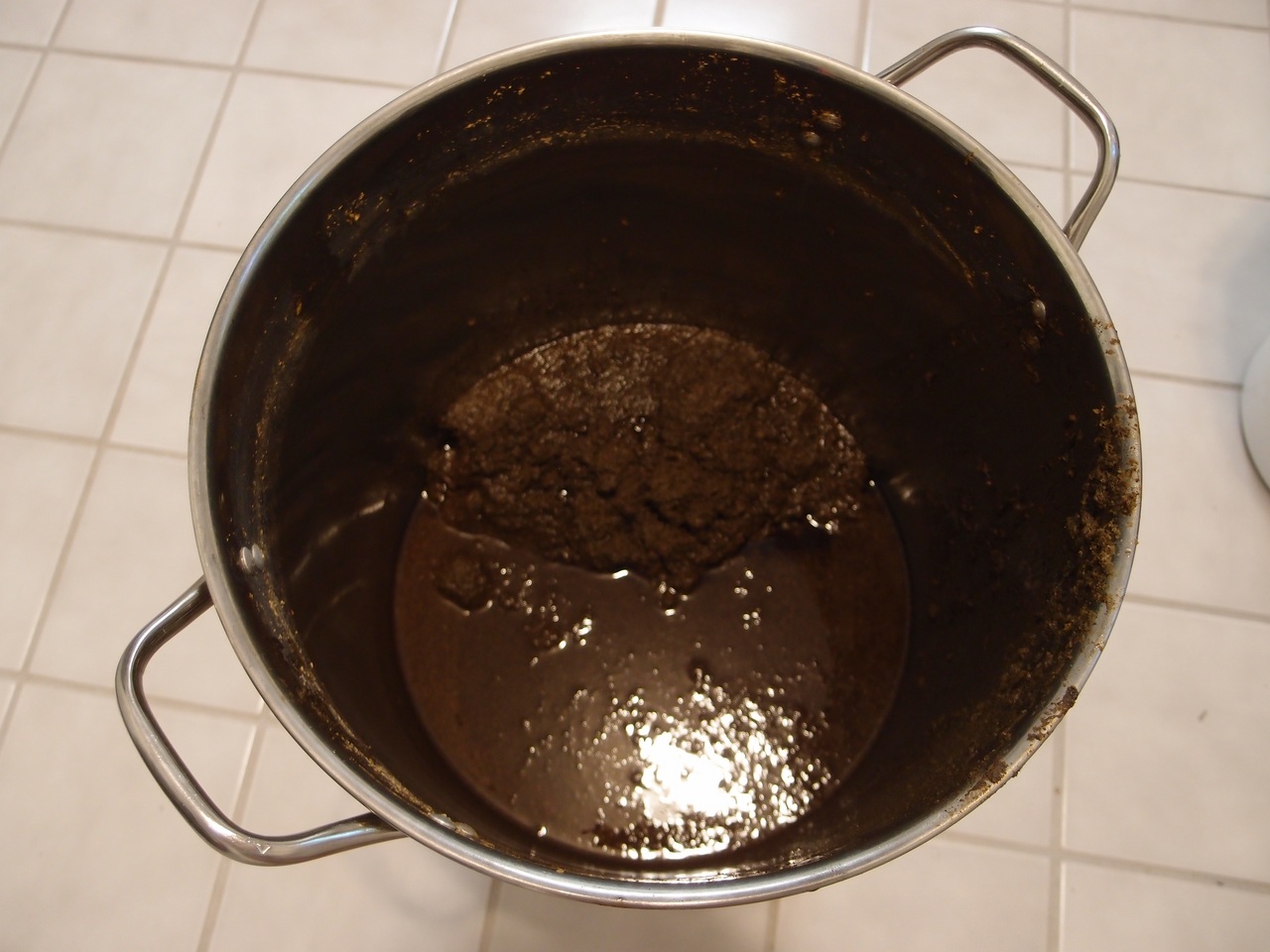100million
Well-Known Member
I have a question about how do u find out how much do I use for yeast to brew beer?
But this is the real question... I make starters all the time and get vials, smack packs, dry yeast like not, 04,05 etc... That is not the problem.... I use BeerSmith Mr malty... Etc
If I go to the brewery and the head brewer gives me yeast out of the fermenter (it is thick)....
how do I find out how much yeast to use?
Is there a easy way to measure the yeast in grams for the size of beer and the OG I have?
Thanks
But this is the real question... I make starters all the time and get vials, smack packs, dry yeast like not, 04,05 etc... That is not the problem.... I use BeerSmith Mr malty... Etc
If I go to the brewery and the head brewer gives me yeast out of the fermenter (it is thick)....
how do I find out how much yeast to use?
Is there a easy way to measure the yeast in grams for the size of beer and the OG I have?
Thanks




